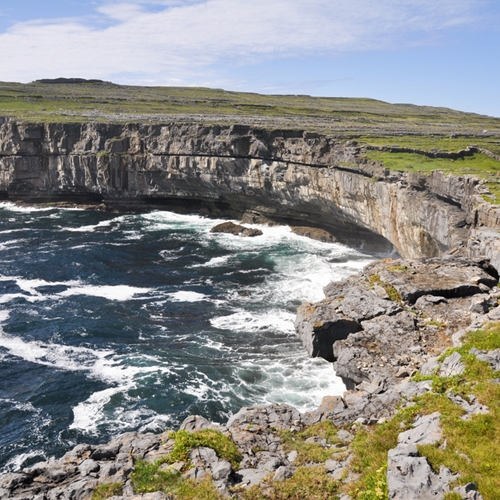
The abalone law
The abalone is an edible mollusk with only one shell on its backside. Red abalone is the largest of these creatures, making it the most prized and the most endangered. This variety of abalone is so rare that just one inch of meat – they are usually around 7 inches in diameter – sells on the black market for $100. The price is based not only on the scarce nature of this abalone, but on the pure danger involved in catching them.
To eliminate the amount of poaching that occurs, the abalone diving area has been limited to the coastline north of San Francisco. These deep waters are often cold and dark, hiding cavernous areas where waters tend to swell. Though the area is already difficult for basic diving, abalone fetchers are also not legally allowed to use oxygen tanks when diving in order to eliminate the amount of mollusks they can catch on each dive, which makes it even tougher. Alongside these abalone divers stand police officers who are specially trained to monitor for abalone poachers. Poachers pose the greatest danger to the red abalone, catching an estimated 250,000 a year for the black market.
Not only are the police trained to watch for poachers, they are also trained to save lives. Often, divers come from Southern California, unused to the waters of the north. This inexperience often leads to more than seven diving deaths a year. Fortunately, things seem to be improving.
“We feel like divers are getting more educated, and not just looking at the low tides and heading out into 17-foot swells,” said Steve Lackey, owner of Dive Mendocino, to Fort-Bragg Advocate News. “More people are looking at the ocean forecast.”
Abalone lovers
In terms of taste, the abalone does not differ much from many other sea creatures. It is often described to be similar in both flavor and texture to calamari. But abalone advocates tend to add a bit of flair to the dishes when they make them. At the World Championship Abalone Cook-Off held in Noyo Harbor in Fort Braff each fall, cooks gather to show off their delicate abalone dishes. Last year, the festival hosted 20 booths that featured abalone wontons, salsa, ceviche, sausage and other deep-fried options.
For the daring diver, or just a curious cook, here is a quick abalone recipe that you can try at home:
1/2 pound abalone without shell
1 1/2 cups seasoned dry bread crumbs
2 eggs, beaten
2 tablespoons milk
1 cup olive oil for frying
1/2 cup ketchup
1 tablespoon prepared horseradish
1 teaspoon lime juice
chopped fresh parsley for garnish
Cut your abalone into small portions and pound them to tenderize. In a small bowl, mix your ketchup, horseradish and lime juice – this will be your dipping sauce. Next, take your milk and eggs and whip them together, dip the abalone into this mixture and coat with bread crumbs. Fry these in a pan for 3 to 5 minutes on each side.

